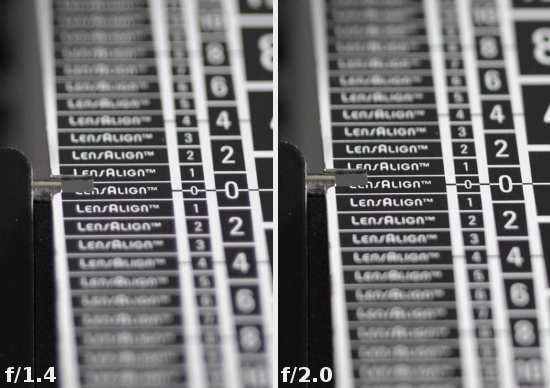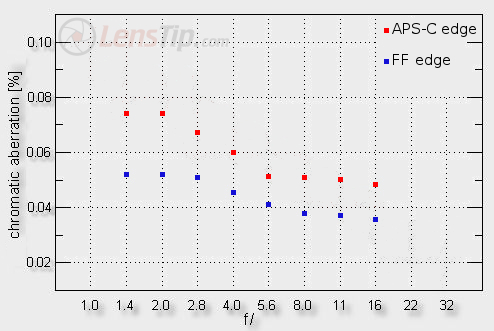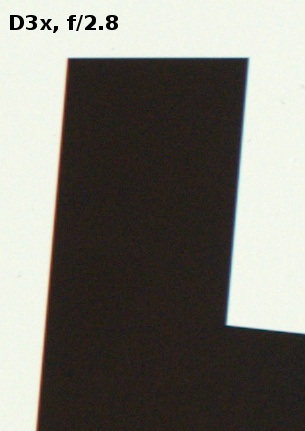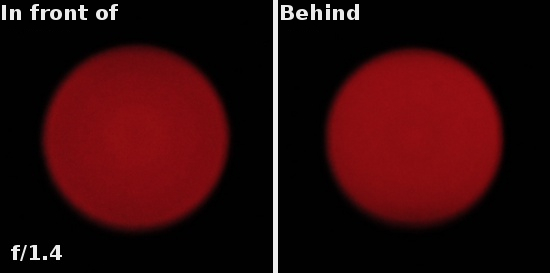Carl Zeiss Otus 55 mm f/1.4 ZE/ZF.2
5. Chromatic and spherical aberration
Fast lenses usually experience a lot of problems with the longitudinal chromatic aberration. Still the ‘Apo’ letters on the casing of the Otus might suggest that aberration will be correct perfectly well. The thumbnails below show clearly that it is indeed the case. The level of the longitudinal chromatic aberration is very low and, in practice, it shouldn’t be problematic at all.
 |
Please Support UsIf you enjoy our reviews and articles, and you want us to continue our work please, support our website by donating through PayPal. The funds are going to be used for paying our editorial team, renting servers, and equipping our testing studio; only that way we will be able to continue providing you interesting content for free. |
- - - - - - - - - - - - - - - - - - - - - - - - - - - - - - - - - - - - - - - - - - - - - - - -
When it comes to the lateral chromatic aberration the situation is not much worse. At the maximum relative aperture its level is low and on stopping down it becomes negligible.

 |
Spherical aberration
Fast 50 mm lenses can have significant spherical aberration so near the maximum relative aperture the contrast of their images is noticeably reduced, making them look slightly misty. The constructors of the Otus, however, took care of the correction of that kind of aberration. As a result the lens doesn’t feature any “focus shift” and defocused light circles in front of and behind the focus look very similar.







